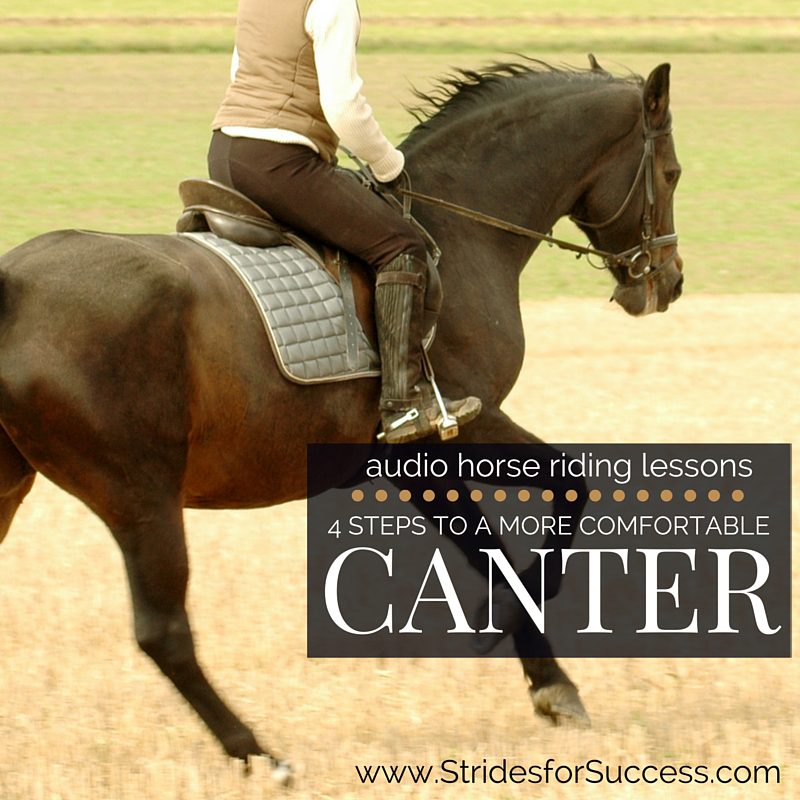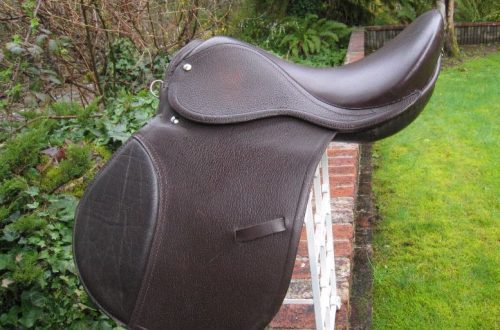
How to make landing at a canter comfortable
The “correct” canter is one of the most important components of show jumping. If it is uncontrollable, “jumpy” or “hard”, a comfortable fit on the route and during jumps may seem like a pipe dream.
However, most of the problems with the canter are due to the tension of the rider. In this new article, we’ve put together a few tips to help make your canter more comfortable.
Photo: Prokoni.ru editors
Relax
Yes, the first thing to do is relax. The “bounce” off the saddle at a canter is related to the tension in your body. Of course, this is easier said than done, but this is a really important point that is worth your attention.
To relax, work on a reliable horse that will help you focus on your position and not on your partner’s control. You can also attach a strap to the pommel of the saddle to help you get a better feel for the grip.
Pay attention to your breath. It should be uniform, calm and even. If you hold your breath, shortness of breath occurs, or breathing is too fast and out of rhythm, then your muscles automatically overstrain. Focus on taking deep breaths and even more on taking deep breaths. When we exhale, it is easier for the body to relax. Imagine that you are “breathing into the muscles” that are tense. This method will help at least distract from what “shakes” you, at the maximum it will give confidence in the horse, yourself and your landing.
Sit higher, not deeper
To “stick” the hips and glutes to the saddle, riders are often advised to sit deeper. However, in many cases, after this phrase, a person strongly clamps the core, shoulder girdle, puts motionless hands and heavily tries to “press” into the saddle.
It is better to try to sit not deeper, but higher. Picture this visualization: there are ropes attached to your helmet and feet that pull you up and down, respectively. The shoulders are open, the legs are long, free, the chin is raised, the back is straight.
In this way, your body will be “open” and relaxed, and not “collected” and tense.
The main thing is to observe the measure everywhere. No need to unnecessarily compress the shoulder blades, lift the chin and artificially straighten the back up to the deflection. You can achieve the opposite effect.
Check stirrup length
If you can’t get into the saddle at a canter, the problem may lie in the wrong length of stirrups. Too long stirrups will force you to reach for them – lack of stability in the lower leg, overloaded hips and knees. On the contrary, stirrups that are too short will prevent you from relaxing your hips and sitting properly in the saddle.
Therefore, it is important to choose the correct length of stirrups. The main indicator is your comfort and ability to relax.
Feel the move and follow it with your hips
The key to a proper canter seat and training trot is feeling the horse move. But it’s not as easy as it seems. To get a better feel, try closing your eyes at the gait and relaxing. You can even determine where exactly you are clamping and straining.
Don’t demand too much from your body, just focus on the feel and rhythm of the movement.
Keep your spine in a neutral position. If you lean forward or backward, your sitting bones cannot touch the saddle, and your pelvis cannot move in rhythm with the horse.
Riding with your eyes closed (of course, on the lunge and under the supervision of a trainer) will give you a sense of confidence in the saddle, and will also help you trust the horse more.
Source





